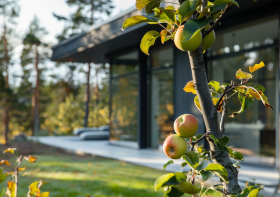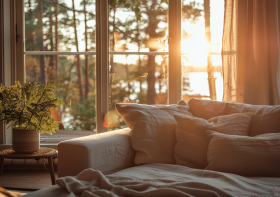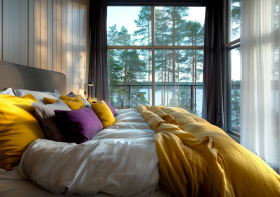Tips for Mastering One-Color Design
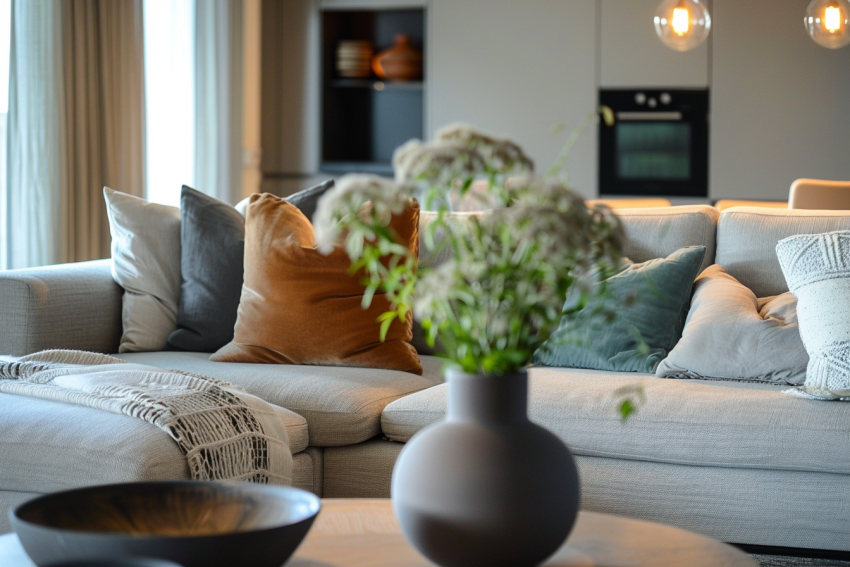
The concept of one-color, or monochromatic, design has emerged as a bold and sophisticated approach to creating spaces that are both cohesive and full of depth. Far from being monotonous, a well-executed one-color design can offer a rich and nuanced aesthetic that elevates the ambiance of any room. Here are practical tips for mastering one-color design, allowing you to craft spaces that are dynamic, stylish, and uniquely yours.
1. Start with a Base Shade
The foundation of any successful one-color design is selecting the right base shade. This color will serve as the primary hue for your space. Consider the mood you want to evoke—cool tones like blues and greens create a calming effect, while warm tones such as reds and oranges add energy and vibrancy. Once you’ve chosen your base shade, you’ll build the rest of your color scheme by incorporating various tints, tones, and shades of this primary color.
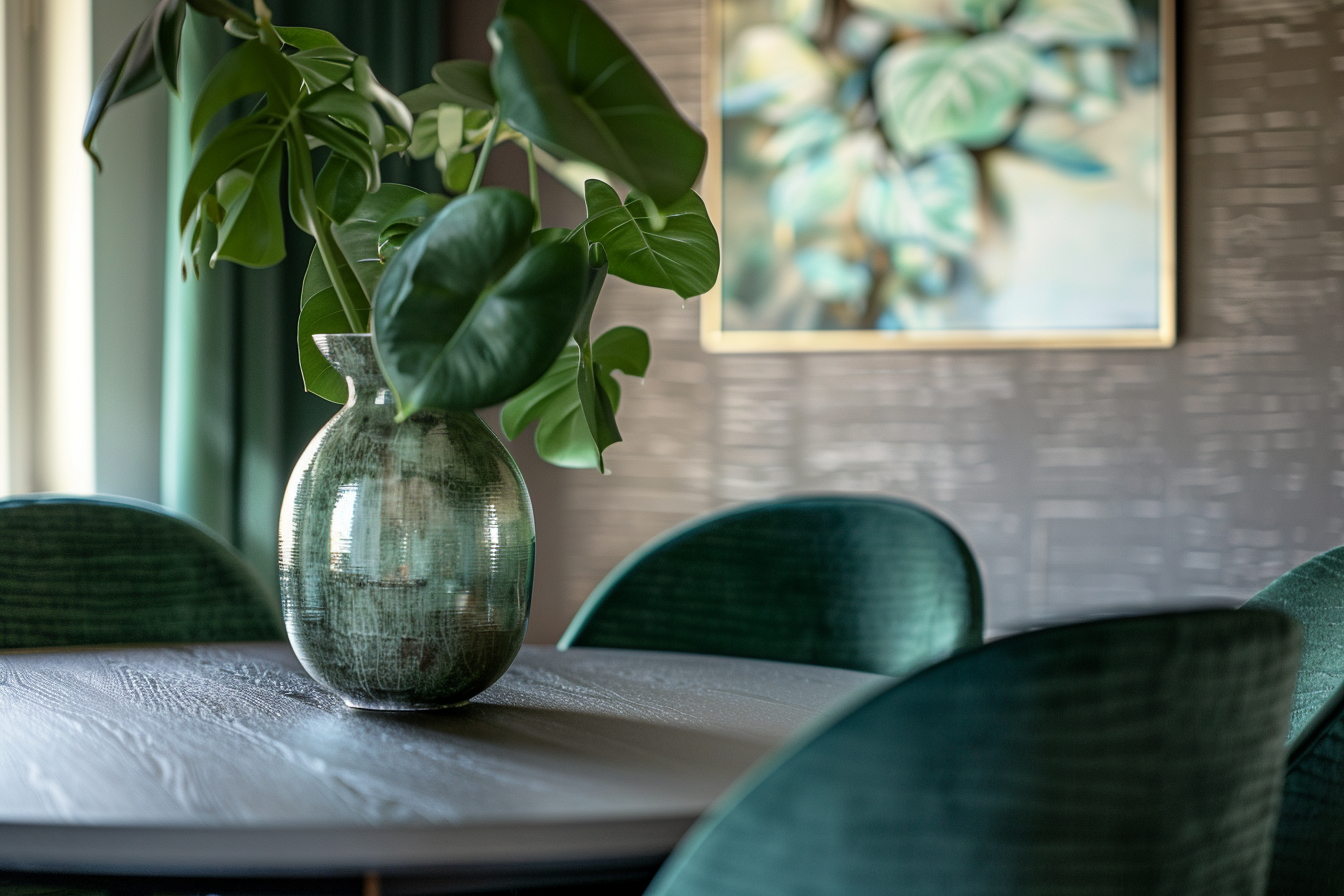
2. Play with Texture
Texture plays a crucial role in adding depth and interest to a monochromatic space. Incorporate a variety of textures through fabrics, finishes, and materials to prevent the design from feeling flat. Soft furnishings, such as velvet pillows or wool rugs, can contrast beautifully with harder surfaces like metallic accents or glass décor. Textured wall treatments, such as plaster or embossed wallpaper, can also add visual weight to your design.
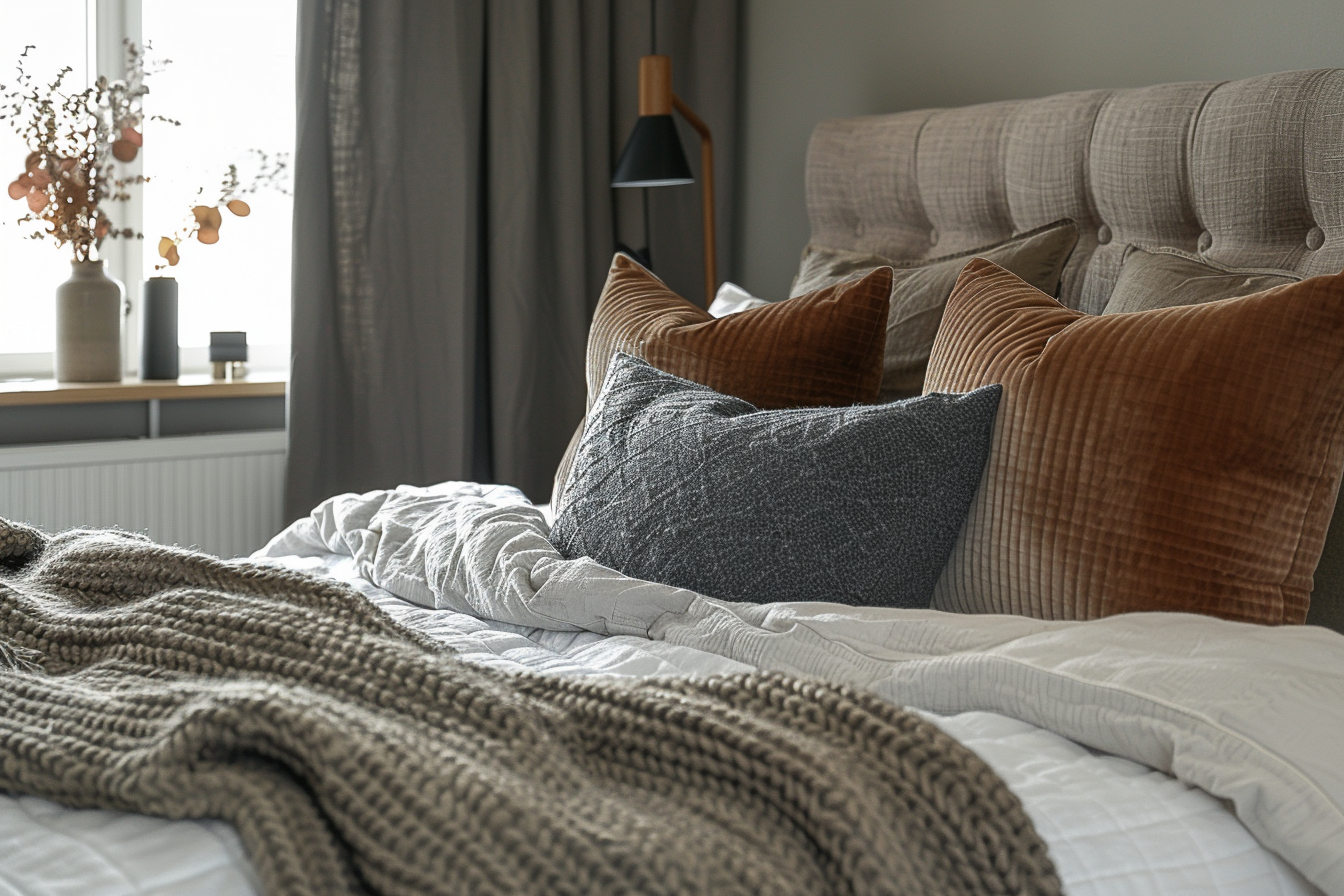
3. Layer Tints and Shades
Achieving a dynamic one-color design involves layering lighter tints and darker shades of your base color. This technique creates visual depth and highlights architectural features without deviating from your monochromatic palette. Use lighter tints for walls to keep spaces feeling open and airy, and reserve darker shades for flooring or furniture to ground the room.
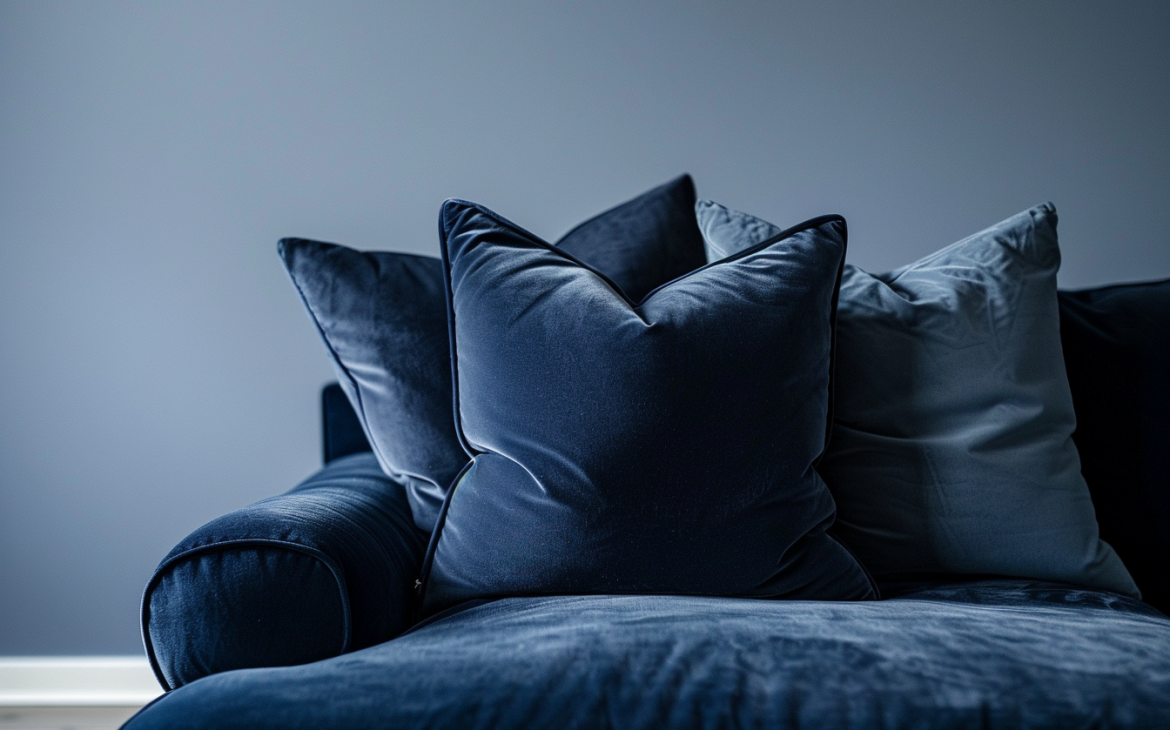
4. Incorporate Patterns
Patterns can introduce movement and personality into a one-color space without breaking the monochromatic illusion. Look for patterns that incorporate your chosen hue in various intensities or combine it with neutral blacks, whites, or greys. Whether through a statement wallpaper, a patterned rug, or decorative pillows, patterns can make your monochromatic design feel dynamic and lively.
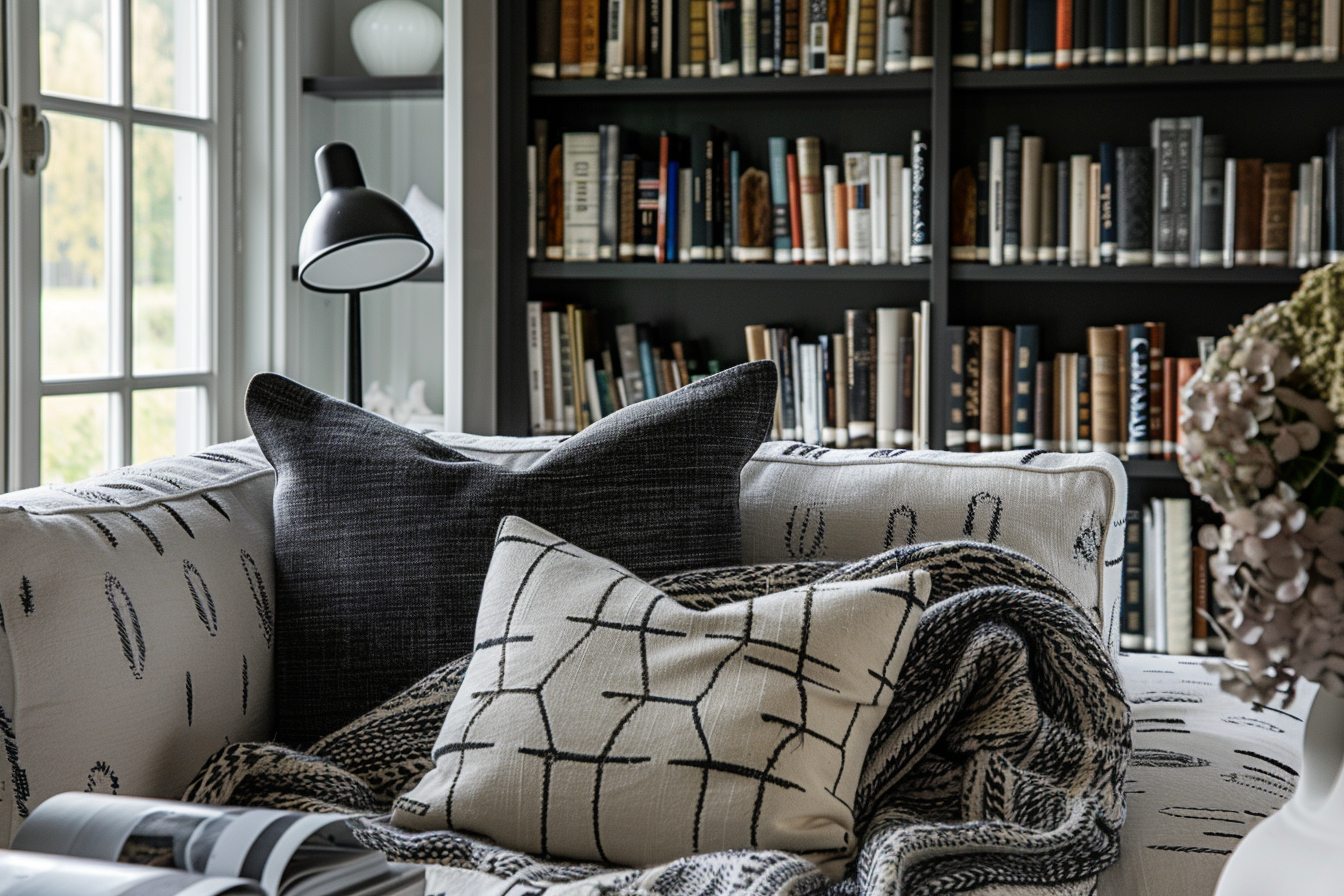
5. Focus on Form and Shape
In a one-color design scheme, the form and shape of objects take on a heightened significance. Choose furniture and décor with interesting silhouettes or sculptural qualities to serve as focal points in the room. The play of light and shadow on these forms can create visual intrigue and draw the eye, adding to the overall aesthetic appeal of the space.
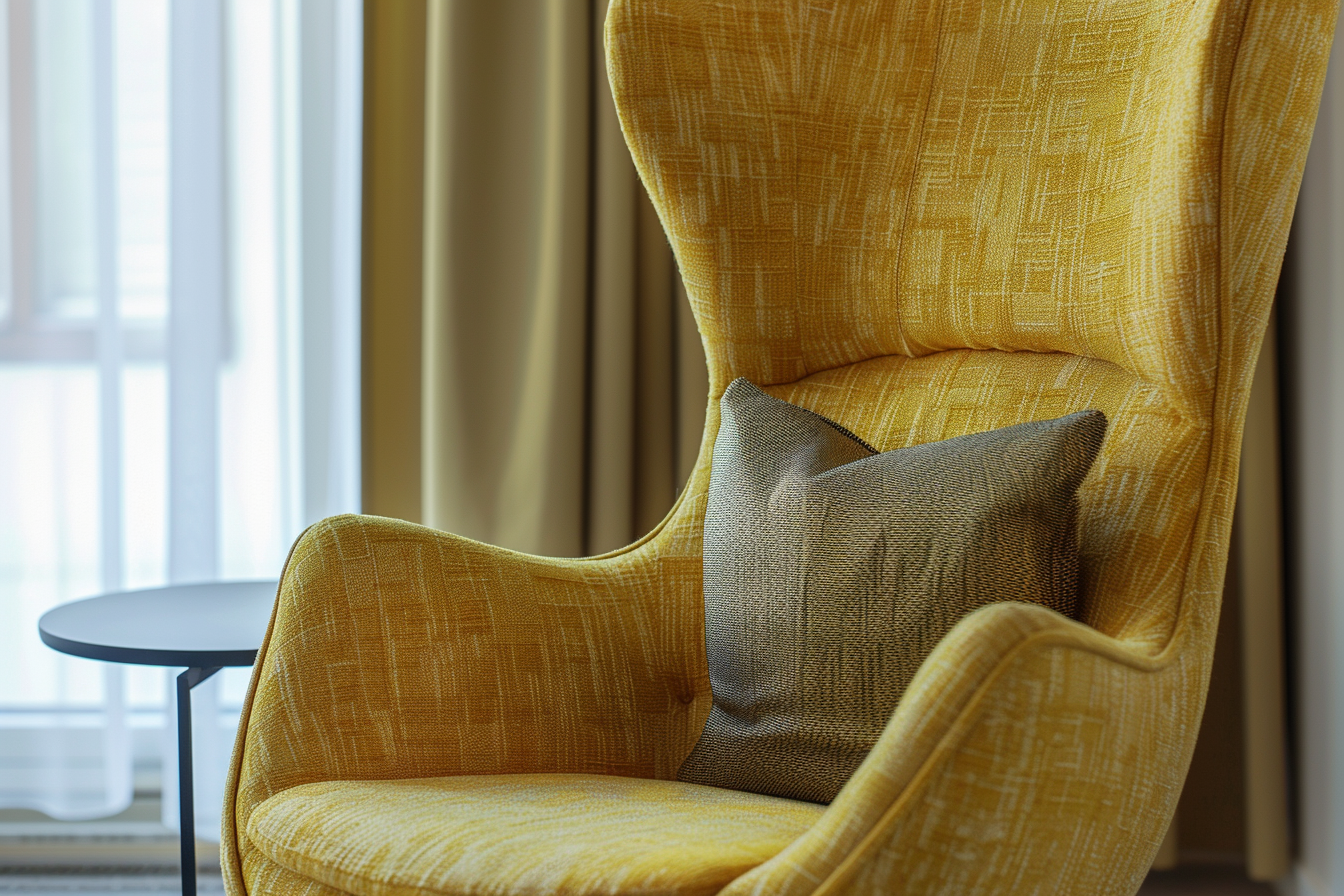
6. Use Lighting to Enhance the Color
Lighting can dramatically impact how colors are perceived in a space. Natural light brings out the true hue of your base color, while artificial lighting can warm up or cool down the palette. Use a mix of ambient, task, and accent lighting to highlight different aspects of your one-color design, enhancing both its functionality and beauty.
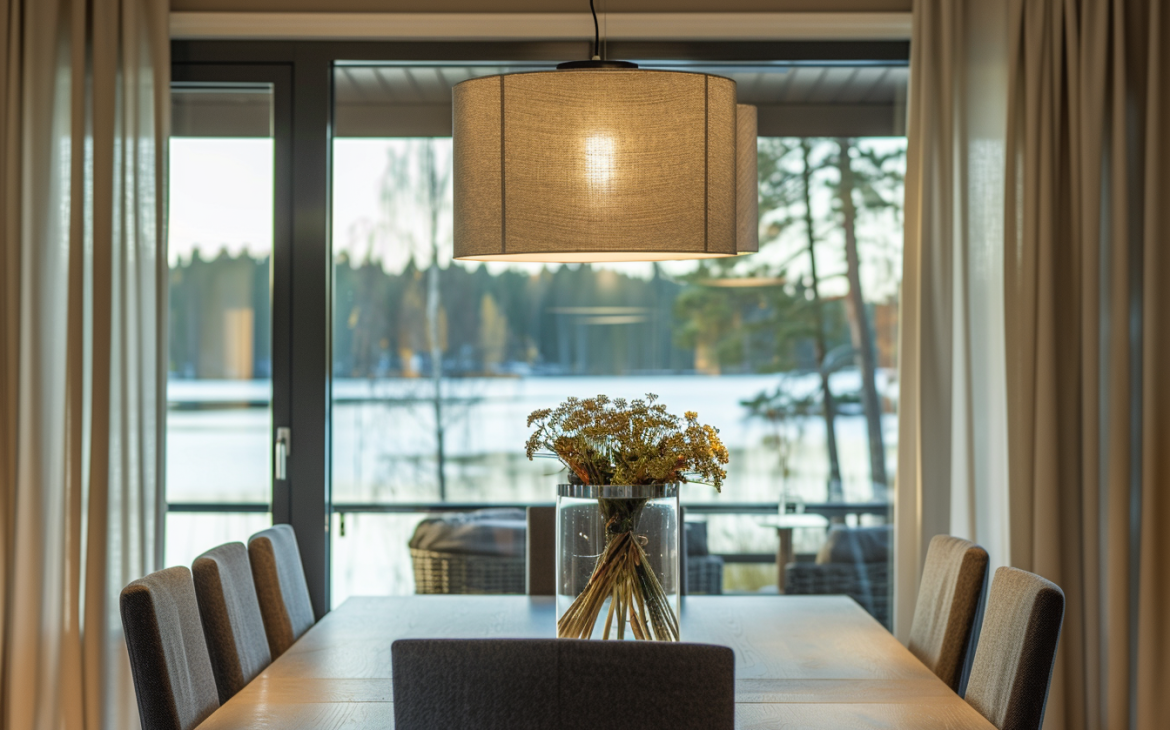
7. Add Metallic or Reflective Accents
Metallic or reflective accents can add a touch of luxury and dimension to a monochromatic room. Choose finishes like brass, chrome, or mirrored surfaces that complement your base color but add a new textural element to the space. These accents can also help to bounce light around the room, making it feel more spacious and dynamic.
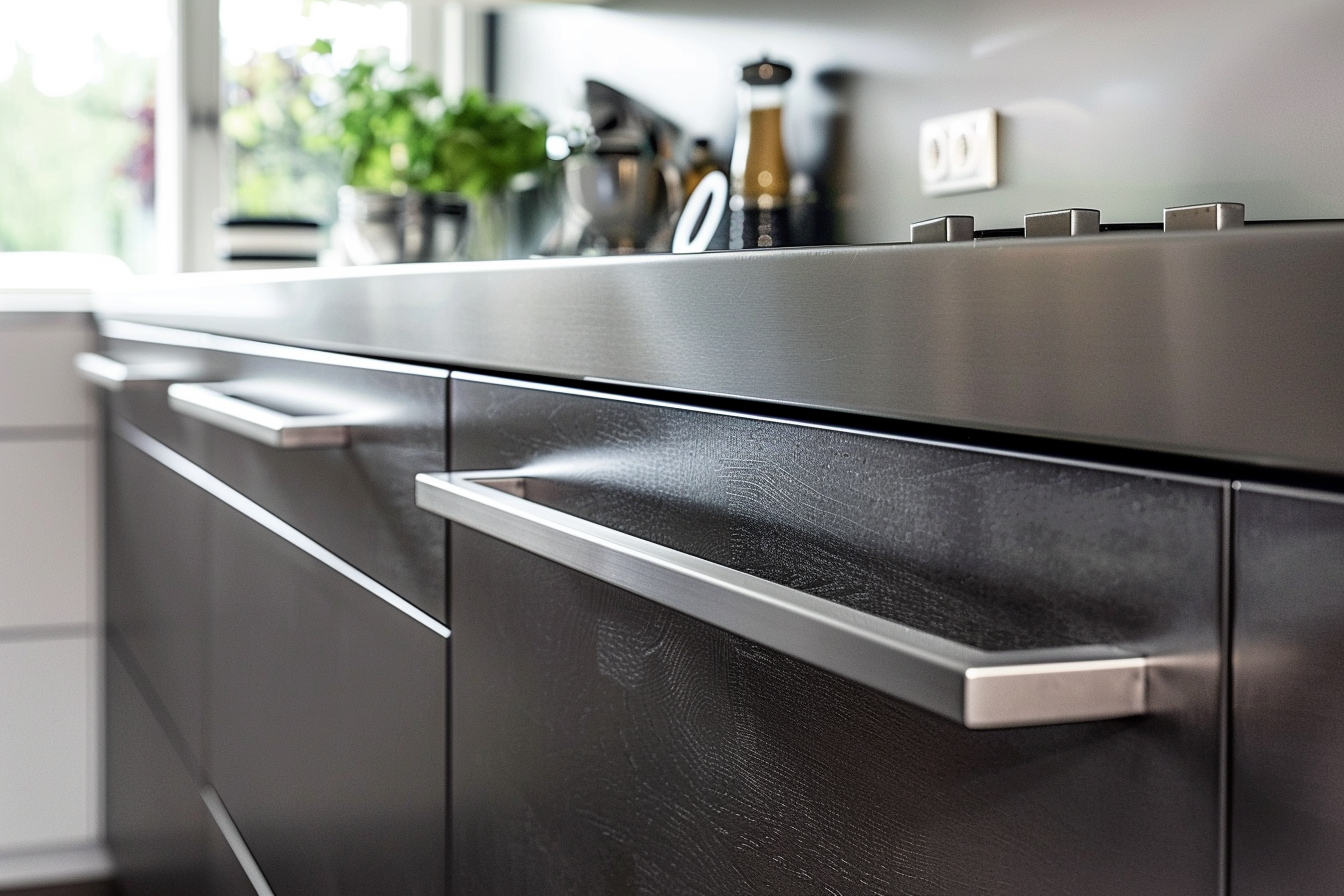
8. Embrace Negative Space
Finally, don’t underestimate the power of negative space in a one-color design. Allowing for areas of unadorned space can prevent the room from feeling overwhelming and gives the eye a place to rest. This approach emphasizes the intentional use of color and texture, showcasing the deliberate choices that define the space.
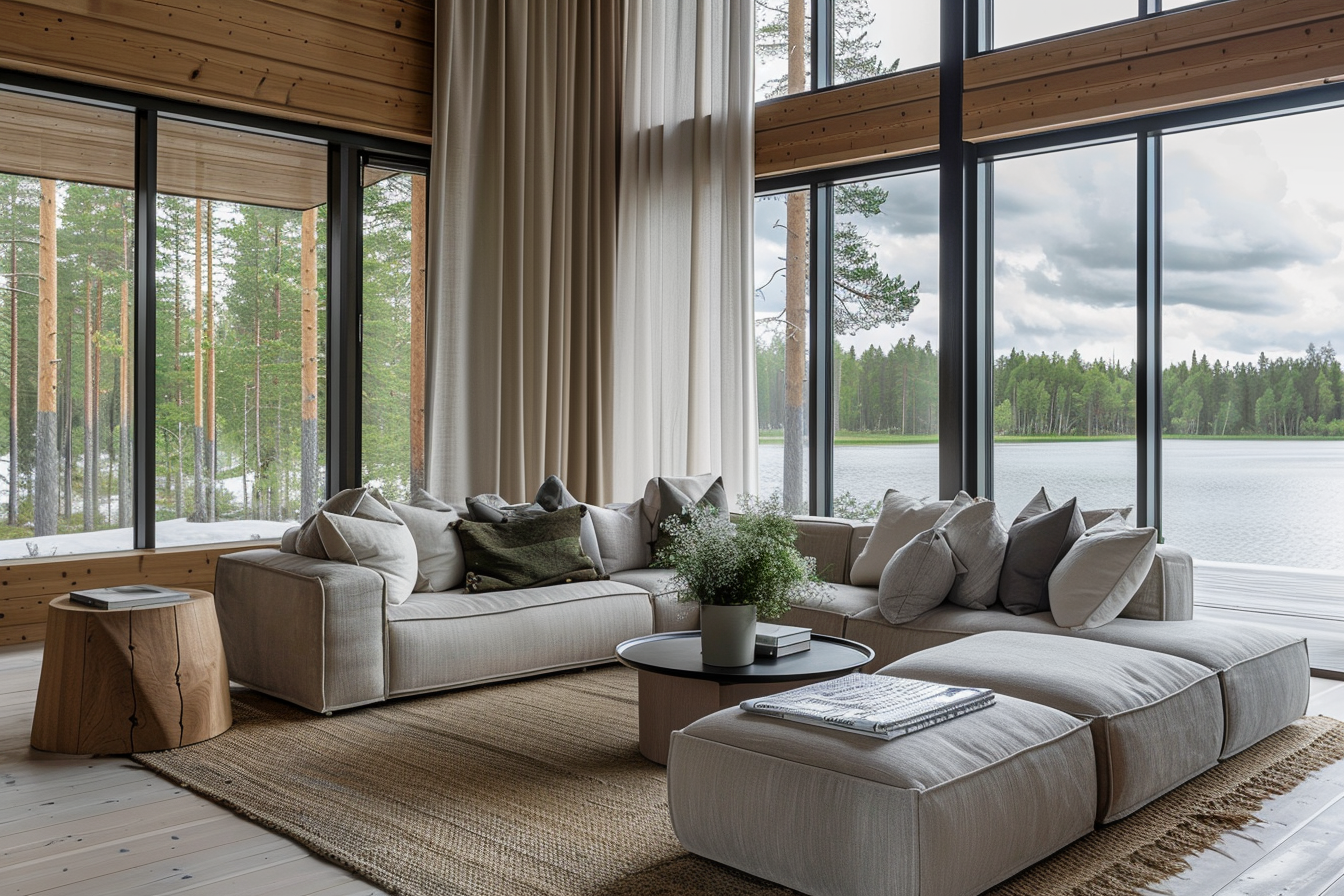
To deepen your understanding of crafting unique and personalized spaces, consider acquiring my book, Basics of interior design, available on Amazon. This guide offers a comprehensive exploration of various design principles tailored to distinct environments, providing you with the knowledge and inspiration needed to transform any space. If you want to learn more about the colors in Interior design, buy my book Color theory in interior design from Amazon.

